
Stitched Penorama: View over Whalers Bay (center), with Neptune's Bellows to left and Mt. Pond to right
 |
|
Stitched Penorama: View over Whalers Bay (center), with Neptune's Bellows to left and Mt. Pond to right |
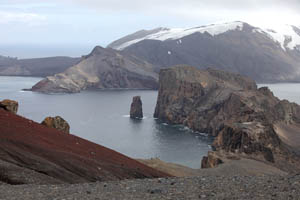 |
|
|
Neptune's Bellows - Entrance to Caldera |
Ship entering Caldera. View from Whaler's Bay |
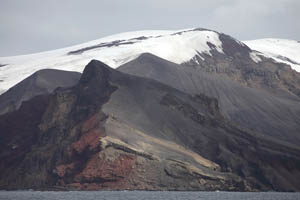 |
|
|
Southeast Point - Outer Flank of Deception |
N. Flank of Neptune's Bellows viewed from Whaler's Bay |
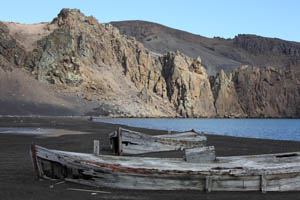 |
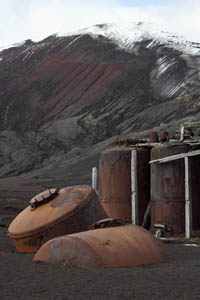 |
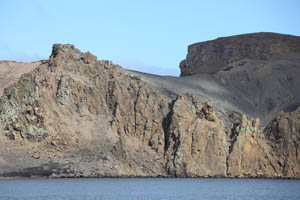 |
|
Old wooden boats, Whaler's Bay |
Remnant of Whaling Operation |
N. Flank of Neptune's Bellows - Inner wall |
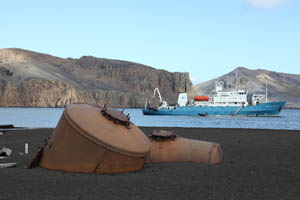 |
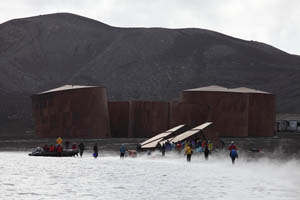 |
|
Prof. Molchanov anchored in Whaler's Bay |
Tourists on geothermally heated beach |
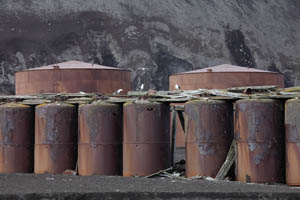 |
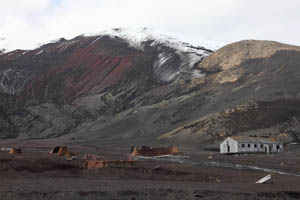 |
|
Remnants of Whaling Operation |
Remnants of British Base |
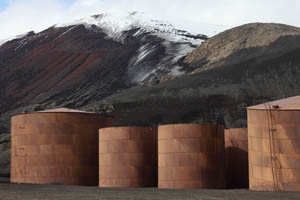 |
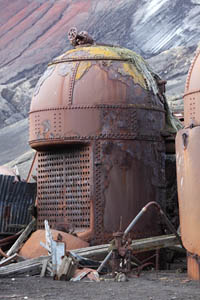 |
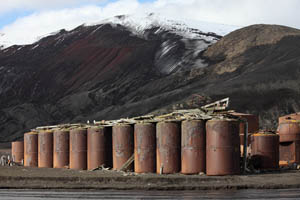 |
|
Old Whale Oil Storage Tanks |
Old Cooker from Whale Oil Production Plant |
Tanks from Whale Oil Processing Facility |
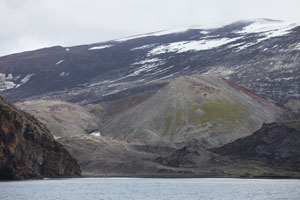 |
|
|
Old cinder cone near Baily Head. Main Chinstrap Penguin Colony |
Neptune's Bellows, "Entry Point". Note small Chinstrap Penguin Colony. |
 |
|
Stitched Panorama of Deception Island viewed from the West |